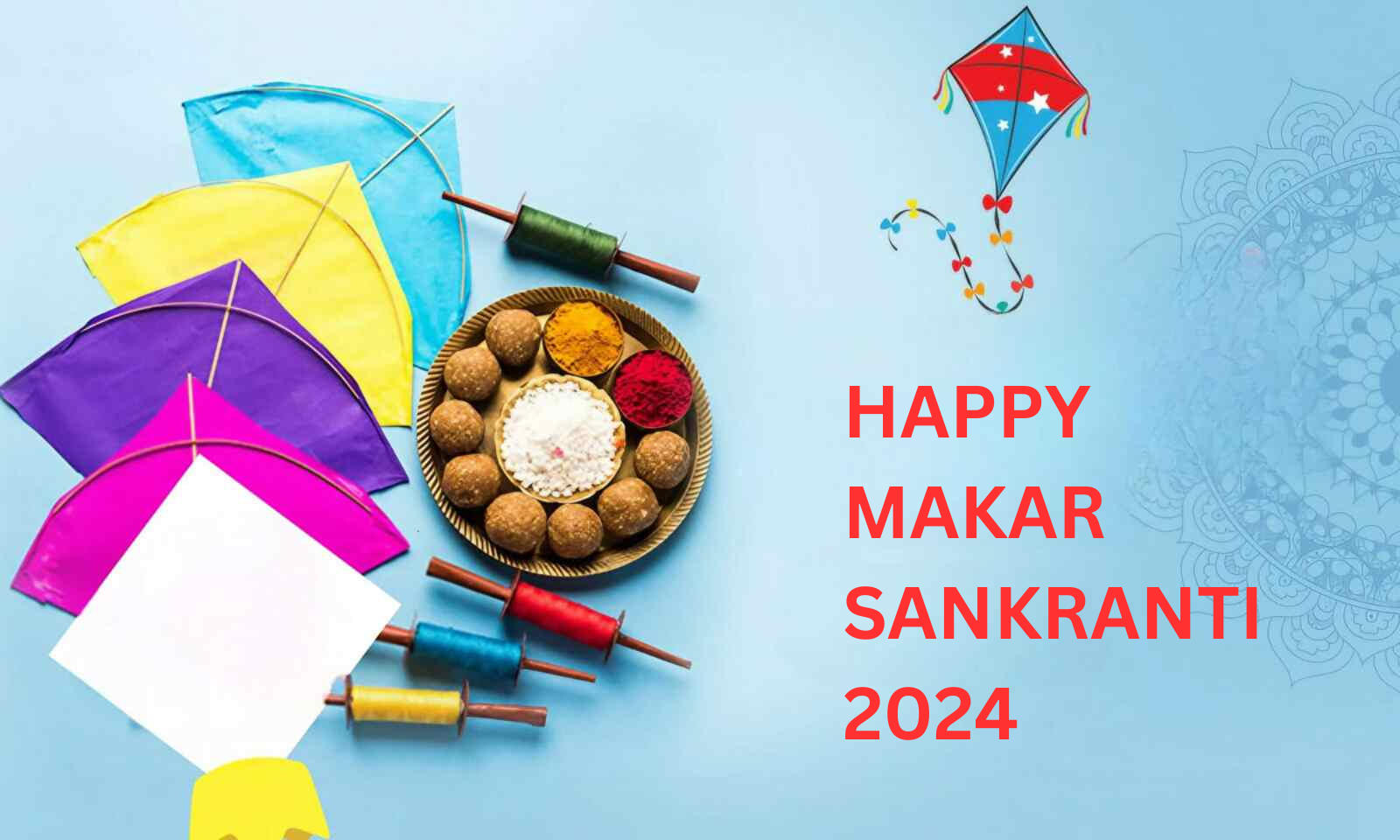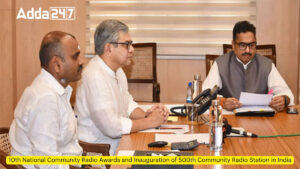In 2024, Makar Sankranti, a Hindu festival marking the Sun’s entry into Capricorn, occurs on January 15. Celebrated based on solar cycles, this festival is distinctive in Hindu traditions, symbolizing the end of winter and the beginning of longer days, coinciding with the month of Magha.
Makar Sankranti: Hindu Significance
Makar Sankranti, a festival celebrated nationwide, holds special significance in Hinduism. According to Vedic astrology, when the sun enters the zodiac sign of Capricorn, marking the transit of Suryadev into his son Shani’s sign, Makar Sankranti is celebrated. This festival is associated with rituals like Ganga snan (bathing in the Ganges) and charitable acts.
Makar Sankranti: Celebrating the Spiritual Significance and Renewal
Makar Sankranti is dedicated to the deity Sun or Surya and signifies the commencement of the auspicious six-month period for Hindus known as the Uttarayana phase. This period holds great significance for spiritual practices. During Makara Sankranti, countless individuals participate in a sacred bath at the Sangam, the confluence of the Ganga and Yamuna rivers.
This holy dip is believed to absolve individuals of their past sins. Devotees also offer prayers to God Surya, expressing gratitude for their prosperity and success. According to the Hindu calendar, there are 12 Sankranti events each year, with Makar Sankranti considered the most significant, celebrated across the nation.
Rituals on Makar Sankranti
On Makar Sankranti, offering arghya (offering water) to Suryadev is considered auspicious. Devotees fill a brass pot with water, add sesame seeds, jaggery, red sandalwood, red flowers, and akshat (unbroken rice), reciting the mantra ‘ॐ सूर्याय नम:’ and ‘ऊं घृणि: सूर्याय नम:’ while offering it to the sun.
Significance of Uttarayan and Dakshinayan
According to scriptures, Uttarayan is considered the day of the Devas (celestial beings), while Dakshinayan is the night. In Vedic times, Uttarayan was known as Devayan, and Dakshinayan as Pitriyan. This understanding has deep spiritual connotations.
Makar Sankranti Celebrations in Different Regions
Ganga Sagar Mela in West Bengal
In West Bengal, the Ganga Sagar Mela is a grand celebration where devotees take a holy dip in the Ganges at Ganga Sagar. The tradition includes offering sesame seeds to the river after the bath, commemorating the union of Ganga with the sea at Kapil Muni’s ashram.
Makar Sankranti in Rajasthan: A Day for Married Women
Rajasthan observes Makar Sankranti with special importance for married women. On this day, married women present vayna (a gift) to their mothers-in-law, seeking blessings. Additionally, donating to Brahmins in multiples of fourteen is a prevalent tradition.
Uttarayan in Gujarat: A Kite Festival Extravaganza
Gujarat celebrates Makar Sankranti as Uttarayan, marked by a two-day festival filled with enthusiasm. Kite flying dominates the skies, and traditional delicacies like undhiyu and chikki are relished during the festivities.
Spiritual Significance of Ganga Snan and Charity on Makar Sankranti
Ganga snan and charitable acts hold a special place on Makar Sankranti. According to religious beliefs, bathing in sacred rivers on this day grants liberation from sins and brings auspicious outcomes. Additionally, making donations is considered virtuous and helps alleviate the malefic effects of Saturn (Shani) in one’s astrological chart.



 Ashwini Vaishnaw Inaugurates India’s 5...
Ashwini Vaishnaw Inaugurates India’s 5...
 Vriksharopan Abhiyan 2024 Launch in Dhan...
Vriksharopan Abhiyan 2024 Launch in Dhan...
 India's Installed Nuclear Power Capacity...
India's Installed Nuclear Power Capacity...
